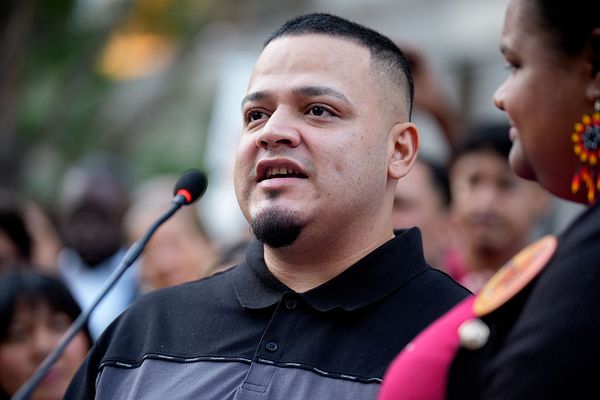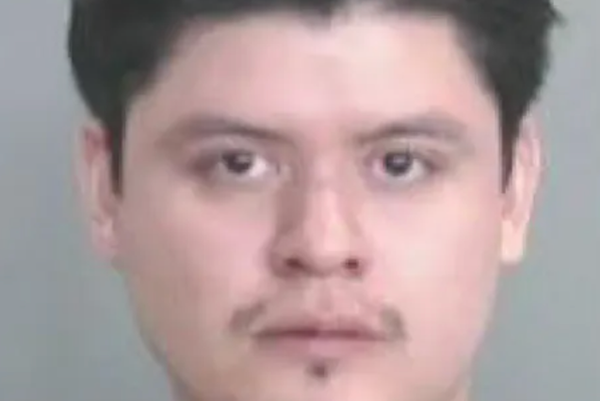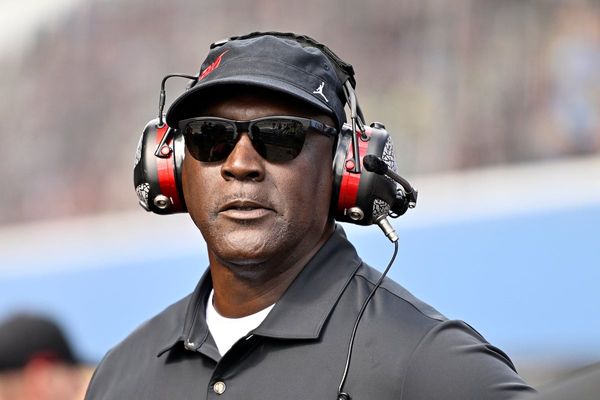
Can a show be considered one of the year’s best, and also a harbinger for television’s demise? On paper, The Last of Us stands for just about everything wrong with TV as it exits its golden age and moves towards an era of mass-produced slop. An adaptation of – shudder – a video game? About that laziest of horror tropes, the undead. Produced by HBO, a network once synonymous with blue-chip drama, but now more concerned with franchise spin-offs like House of the Dragon and its forthcoming Harry Potter revival? Yikes.
That’s why you should never judge a show by its logline. The Last of Us might, in theory, have been all of the above, but it was also the sort of beautifully realised series that could hold its own against any of the big beasts of the golden age of TV. It was a big show that revelled in small, human moments, a family drama by stealth, a blockbuster with a brain and a beating heart.
Granted, it all started as post-apocalyptically as you’d expect. There were the familiar scenes of day zero: frenzied crowds, downed planes, soldiers on the streets, as the scope of the epidemic – caused, we learned, by a parasitic fungus that turns anyone unlucky enough to come into contact with it into a mushroom-sprouting monster – became clear. Familiar too was the post-apocalypse: ruined, vine-covered buildings; bodies bundled on to fires to prevent infection; hordes of marauding monsters (not zombies, we should add: the “infected” in this show are very much living) laying waste to anything that moved.
As recognisable as these tropes were, what elevated The Last of Us above the end-of-days fray was how believable it all seemed. The show’s most fantastical elements – the giant toadstool monsters, for example – were used exceedingly sparingly: whole episodes flew by without us seeing a clicker or a bloater at all. And the reactions of the people caught in the middle of this chaos and terror felt entirely authentic.
It helped that the source material – Neil Druckmann’s two-game series – was such a rich and textured work in the first place, allowing the show to deepen well-realised plotlines and characters. For the series, Druckmann was joined by Craig Mazin, who made unimaginable horror imaginable with Chernobyl, and pulled off a similar trick here, always ensuring that this world felt logical and lived-in, no matter how grim things got.

And things really did get grim. In the brutality stakes, the undead didn’t hold a candle to the living, with military dictatorships, ruthless roaming militias and – most indelibly – a horde of cannibals fronted by a paedophilic cult leader, continually upping the awfulness. Still, almost all the show’s characters, no matter how reprehensible, had some underlying rationale: most of the time they were as broken and scared as anyone else. Every time The Last of Us seemed about to topple over into full-blown sadism, the show’s sense of humanity won out.
Much of that was down to its two leads: Pedro Pascal as the utterly broken smuggler Joel and Bella Ramsey as Ellie, the teenager he is tasked with chaperoning across the ruined United States due to her immunity against infection. As they battled bandits, starvation and sepsis, the pair’s relationship started to feel uncannily real, often communicated wordlessly in tiny but profound gestures and glances.
If The Last of Us was just nine episodes of Joel and Ellie silently trudging through crumbling cityscapes (and yes, that did make up a lot of the show), it would have made for pretty great TV. But the show had bigger ideas. Its third and best episode, the one that cemented its place in the end-of-year Top 10s, abandoned the larger plot altogether for a standalone story about the blossoming romance between a gruff survivalist (Nick Offerman) and a man who fell into one of his traps (what a meet-cute!)
This was the episode that, if you were a particularly cynical exec, you’d chop. But its existence was part of what made The Last of Us a richer, deeper show than anyone could ever have expected – one that just might not spell the end for TV after all.







